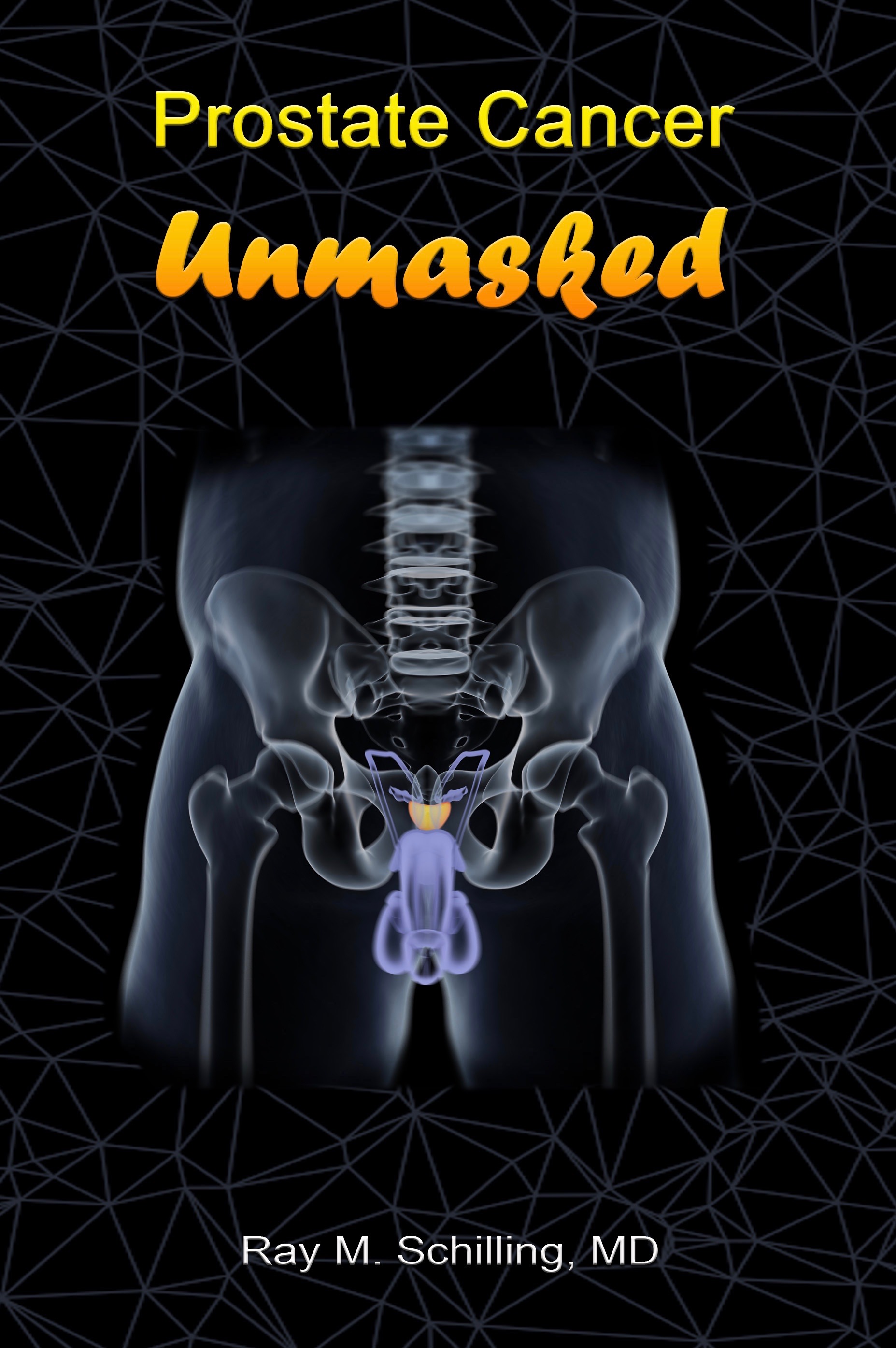Klinefelter syndrome
This chromosomal abnormality in males, where there are two or more X chromosomes and one Y chromosome (47,XXY), is found with a frequency of 1 in 800 live male births.
These males grow tall and have disproportionally long arms and legs (thanks to howshealth.com for this image). They have narrow shoulders and a wide female looking pelvis. They enter puberty at the normal age, but facial hair growth is very light.
There is partial female breast development (gynecomastia). They have learning difficulties and their small testicles do not produce sperm. However, there is a wide variation and some males with Klinefelter syndrome have normal intelligence. Often this syndrome is only detected in infertility clinics. As testosterone production in the gonads is missing or extremely low, and there are high FSH levels in the blood because of the missing negative inhibition on the hypothalamus.
References:
1. B. Sears: “The age-free zone”. Regan Books, Harper Collins, 2000.
2. R.A. Vogel: Clin Cardiol 20(1997): 426-432.
3. The Merck Manual, 7th edition, by M. H. Beers et al., Whitehouse Station, N.J., 1999. Chapter 8: Thyroid disorders.
4. The Merck Manual, 7th edition, by M. H. Beers et al., Whitehouse Station, N.J., 1999. Chapter 7:Pituitary disorders.
5. J Levron et al.: Fertil Steril 2000 Nov;74(5):925-929.
6. AJ Patwardhan et. al.: Neurology 2000 Jun 27;54(12):2218-2223.
7. ME Flett et al.: Br J Surg 1999 Oct;86(10):1280-1283.
8. The Merck Manual, 7th edition, by M. H. Beers et al., Whitehouse Station, N.J., 1999. Chapter 261: Congenital anomalies.
9. AC Hackney : Curr Pharm Des 2001 Mar;7(4):261-273.
10. JA Tash et al. : Urology 2000 Oct 1;56(4):669.
11. D Prandstraller et al.: Pediatr Cardiol 1999 Mar-Apr;20(2):108-112.
12. B. Sears: “Zone perfect meals in minutes”. Regan Books, Harper Collins, 1997.
13. J Bain: Can Fam Physician 2001 Jan;47:91-97.
14. Ferri: Ferri’s Clinical Advisor: Instant Diagnosis and Treatment, 2004 ed., Copyright © 2004 Mosby, Inc.
15. Rakel: Conn’s Current Therapy 2004, 56th ed., Copyright © 2004 Elsevier






